Photograph
The nanoscale patterns of SLAC and Stanford’s accelerator on a chip gleam in rainbow colors prior to being assembled and cut into their final...
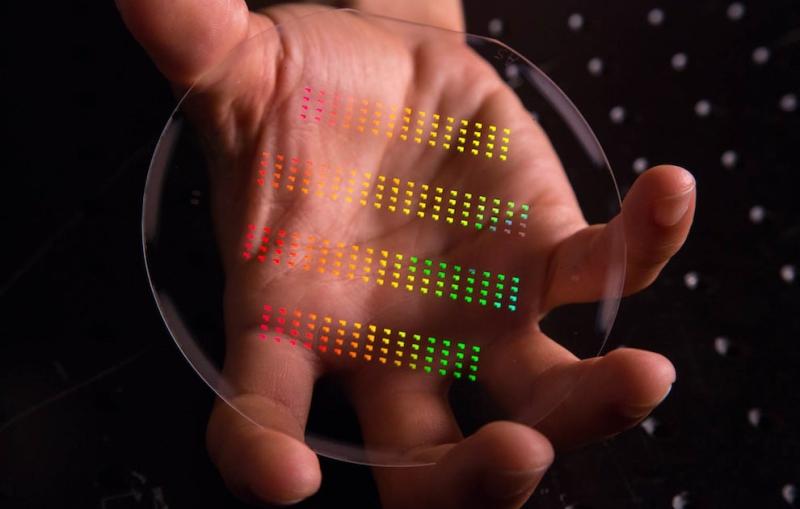
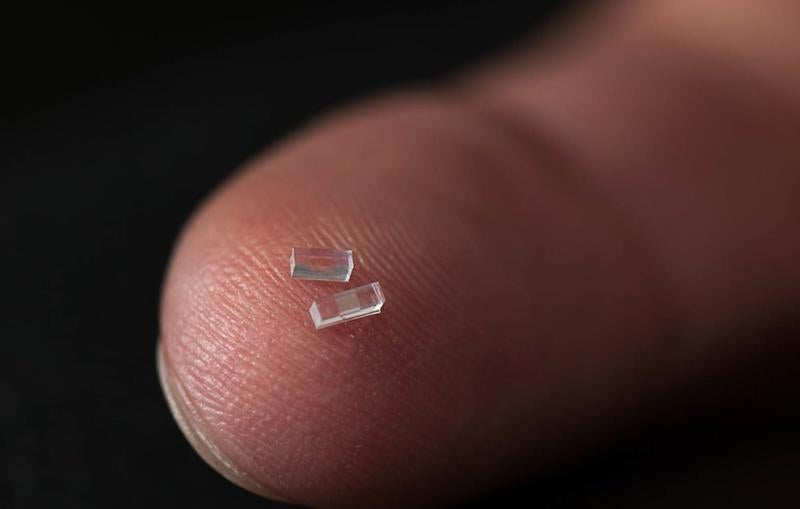
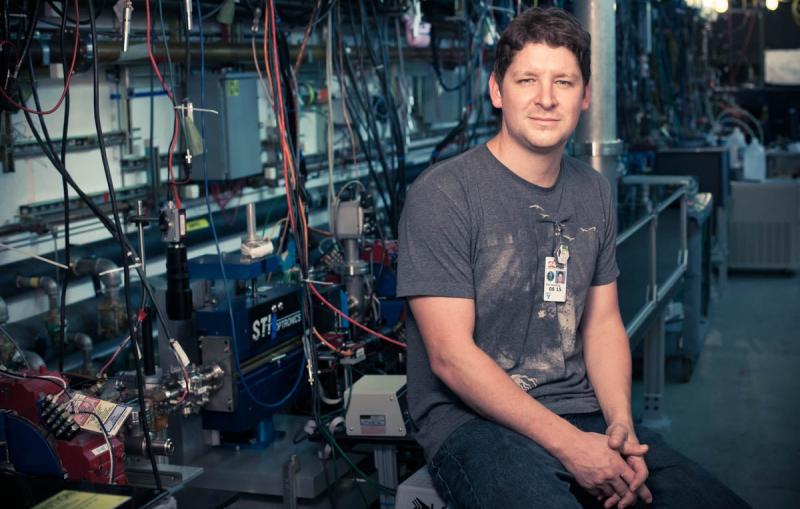
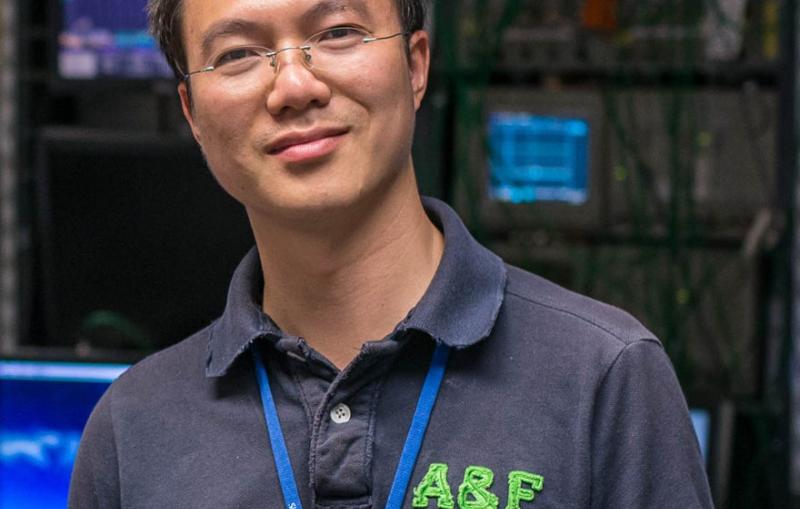
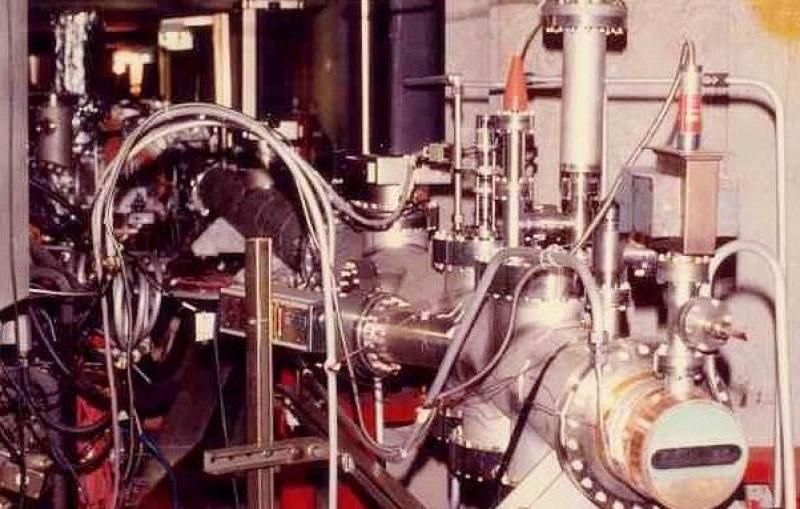
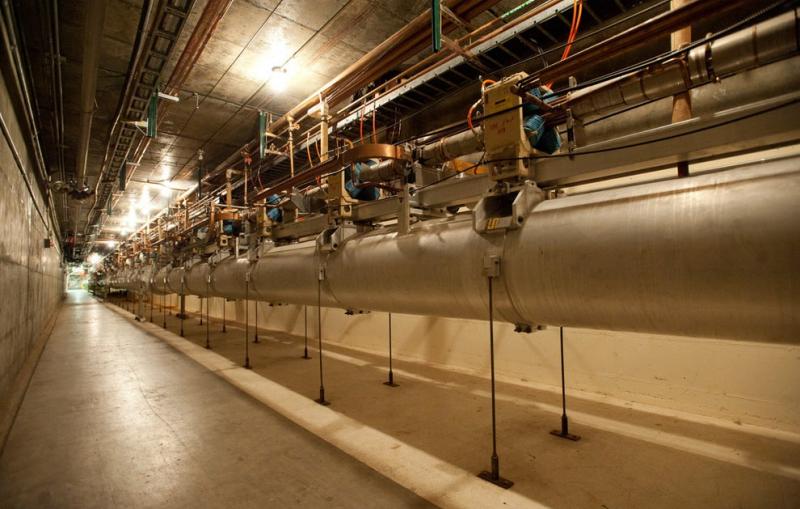
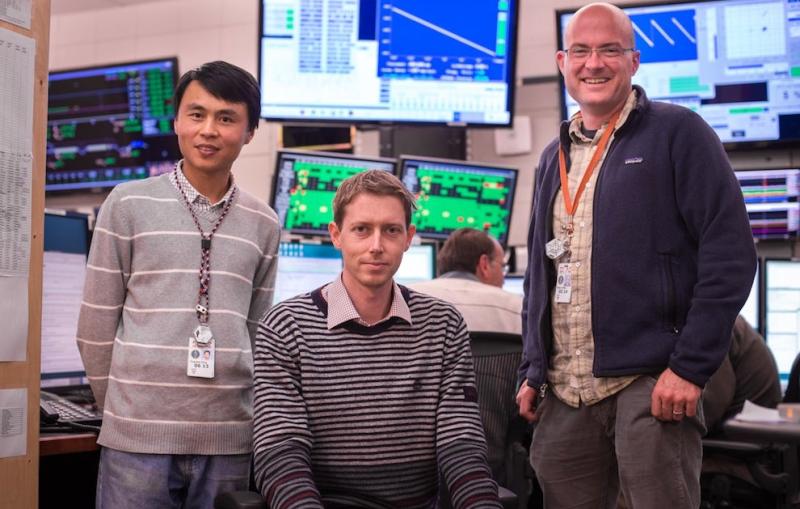
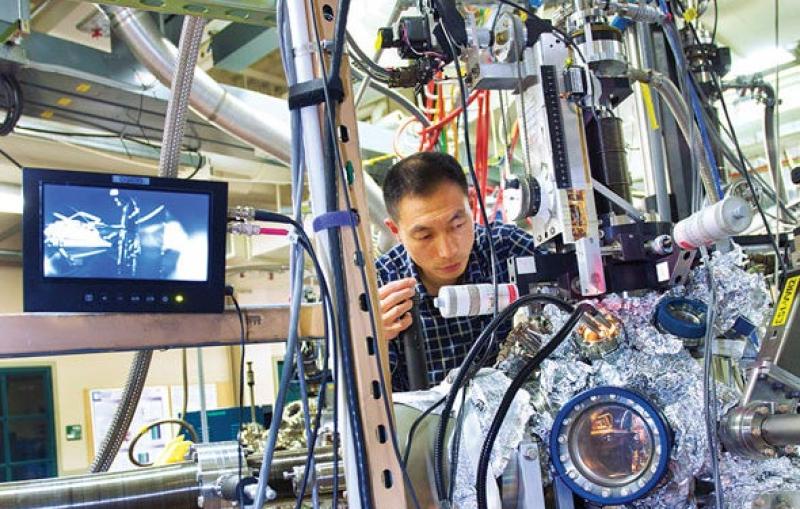
Accelerators form the backbone of SLAC's national user facilities. Research at SLAC is continually improving accelerators, both at SLAC and at other laboratories, and is also paving the way to a new generation of particle acceleration technology.
Related link:
Advanced accelerators
The nanoscale patterns of SLAC and Stanford’s accelerator on a chip gleam in rainbow colors prior to being assembled and cut into their final...







